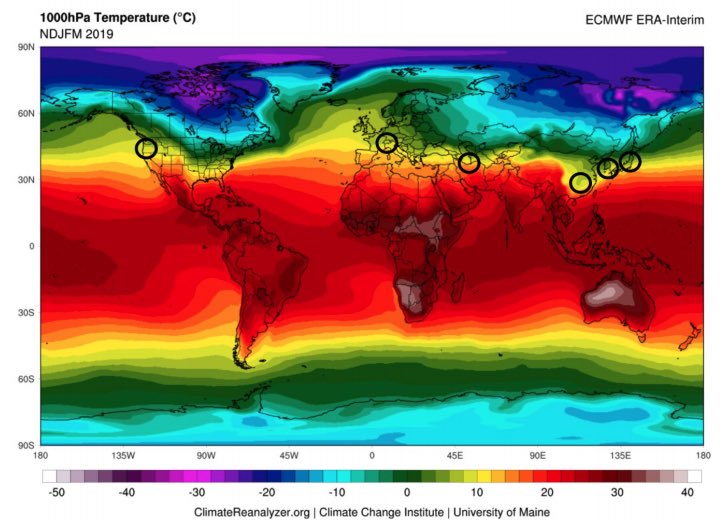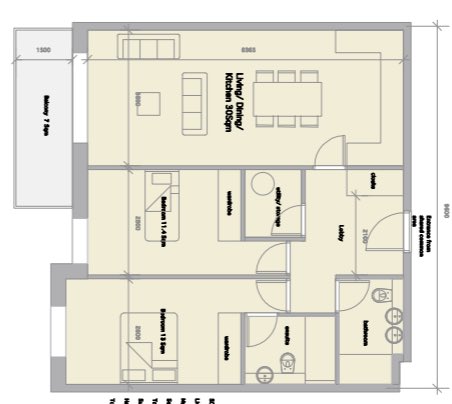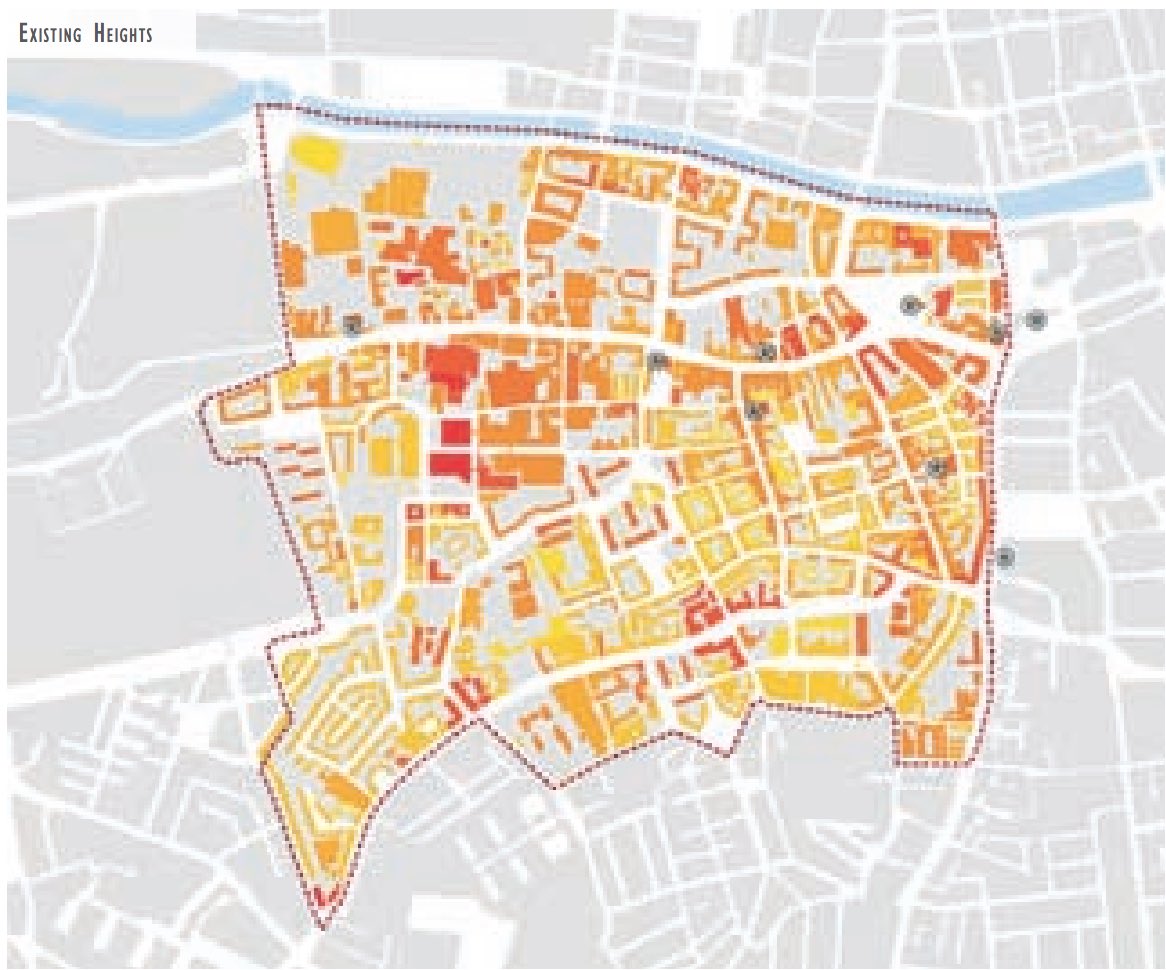
#Covid19 High risk (yellow) zone at temperatures 5-11°C (spring & autumn)
An urgent public health message about clean indoor air & #ventilation (not fines & roadblocks) can have immediate impact on virus spread & prevent cases
An urgent public health message about clean indoor air & #ventilation (not fines & roadblocks) can have immediate impact on virus spread & prevent cases

WHO: ‘we are very concerned about rise in cases in Europe as it heads into winter’
‘Colder weather leads to behaviours that favour transmission of a respiratory virus- people tend to crowd indoors to stay warm, more often in poorly ventilated spaces’ smh.com.au/politics/feder…
‘Colder weather leads to behaviours that favour transmission of a respiratory virus- people tend to crowd indoors to stay warm, more often in poorly ventilated spaces’ smh.com.au/politics/feder…
‘overwhelming evidence that *inhalation* represents a major transmission route’
‘we urge public health officials to add clear guidance about importance of moving activities outdoors, improving indoor air & improving protection for high-risk workers’ science.sciencemag.org/content/early/…
‘we urge public health officials to add clear guidance about importance of moving activities outdoors, improving indoor air & improving protection for high-risk workers’ science.sciencemag.org/content/early/…
Germany’s top doctor: ‘Most people only pass it to one person.. But occasionally, someone spreads it widely, creating a cluster of infections that drives the pandemic’
**To avoid another lockdown Germany must focus on identifying & preventing clusters** bloomberg.com/news/features/…
**To avoid another lockdown Germany must focus on identifying & preventing clusters** bloomberg.com/news/features/…
#Level 5 has no plan to prevent super-spread clusters in ~known~ high-risk conditions (crowds, indoors,poor ventilation) such as happening in overcrowded homes & schools, nursing/care homes, meat/food plants, or risk mitigation in shops, offices, cars, buses/trains/planes) 

‘After 9 months of epidemiological data, we know that this is an overdispersed pathogen, meaning that it *tends to spread in clusters* but this knowledge has not yet fully entered our way of thinking about the pandemic—or our preventive practices’ theatlantic.com/health/archive…
#Covid19 has meant hard choices & serious consequences, with an escalation in restrictions and enforcement.
But, if the rules aren’t being effective, could the rules be wrong? irishtimes.com/opinion/why-go…
But, if the rules aren’t being effective, could the rules be wrong? irishtimes.com/opinion/why-go…
• • •
Missing some Tweet in this thread? You can try to
force a refresh









